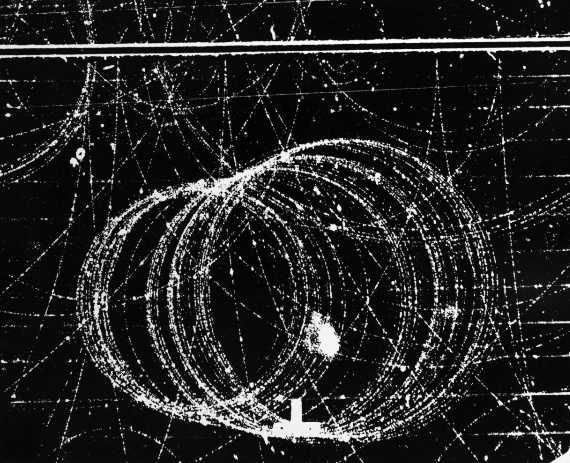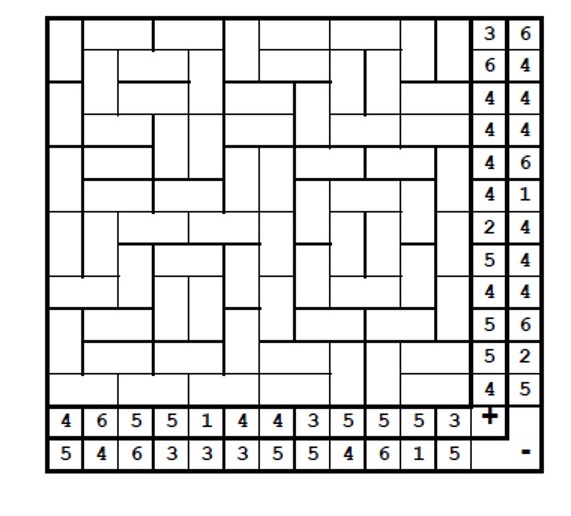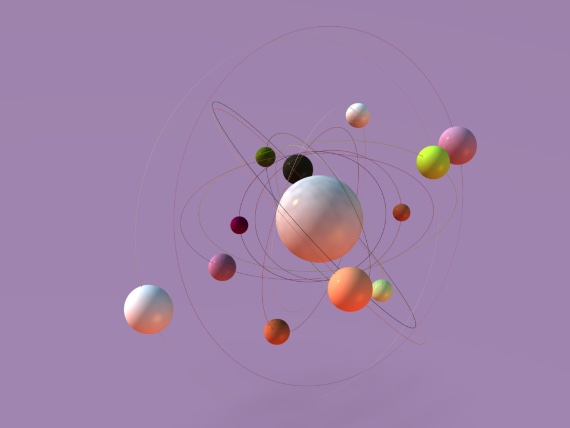The electron, one of the fundamental constituent particles of matter and a carrier of negative charge, behaves like a tiny magnet and, consequently, has a magnetic field associated with it. This magnetic field can be thought of as the magnitude of the magnetic force exerted by the magnet around it or, in other words, how much this attraction/repulsion is felt by other particles around it.
A team of researchers at Northwestern University in Illinois has just made the most precise measurement to date of the electron magnetic moment, which is also the most precise measurement of any property of an elementary particle ever made. This achievement goes far beyond the mere scope of its metrological significance, since the value of the electron’s magnetic field is the tightest—and possibly the most important—theoretical prediction made by what is known as the Standard Model of particle physics, the current theory in this field of physics.

To understand the true significance of this last statement, it is necessary to put into context the situation of the Standard Model in the current physics scene. Born in the 1970s in response to the flurry of new particles discovered in the first half of the last century, the model has been questioned and under suspicion from almost the very moment it was formulated.
Brainteaser 1: Matter is full of tiny magnets
The board is divided into cells of 2×1 squares. The objective is to fill the cells with magnets with two poles, one negative (-) and one positive (+), or with neutral pieces (without any pole). Obviously, there cannot be magnets with two equal poles. In addition, adjacent squares cannot have the same symbol. As a guide, the numbers at the edges of the grid indicate the exact number of symbols of each type to be placed in that row or column.
Example:

The board

The Standard Model at a small scale
All matter is made up of a handful of indivisible particles called elementary particles.
The Standard Model provides a satisfactory explanation of the properties of the elementary particles and the interactions between them.
The constituent elementary particles of matter are classified into two types or groups: quarks and leptons (the electron is a lepton), which in the right proportions can make up any atom.
The interactions between the various elementary particles are governed by three of the four fundamental forces of nature: the strong force, the weak force and electromagnetism, which hold the constituents of matter together.

There are also other particles called bosons, which act as carriers of the fundamental interactions. The force exerted by one particle on another is therefore understood as a transfer or exchange of bosons.
There is another boson, the Higgs boson, which carries the mass of elementary particles.
The fourth fundamental force of nature, the gravitational force, is outside the postulates of the model because its effect is negligible compared to the other three on the subatomic scale.
Brainteaser 2: This board exerts an unavoidable attraction
In this puzzle, we apply the same rules as above, but on a more complicated board:

The questioning of the Standard Model of particle physics is justified, because although it explains many of the observations and experimental measurements made—and has also accurately predicted a wide range of phenomena observed later—it has obvious gaps and cannot explain other detected phenomena, such as the existence of dark matter and dark energy, or the imbalance between matter and antimatter that exists in the universe.
Most importantly, there is the fact that this theory does not include the gravitational force, one of the four fundamental forces of nature. But the real crux of the matter is that to fit the gravitational force into the framework of the Standard Model requires the existence of an additional boson, christened the graviton, which would be the carrier of the gravitational force, and which has not yet been identified.

So the question under debate in the physics community today is whether the Standard Model is a valid but still incomplete theory, or whether it is a flawed theoretical framework that needs to be replaced by a completely new one—which would amount to little less than a re-foundation of particle physics. And in this context, the agreement between the experimental measurement and the theoretical value predicted by the model supports the first of the two arguments, and thus the validity of the Standard Model.
Brainteaser 3: Solving this board has a Grand Prize

Solutions



Comments on this publication